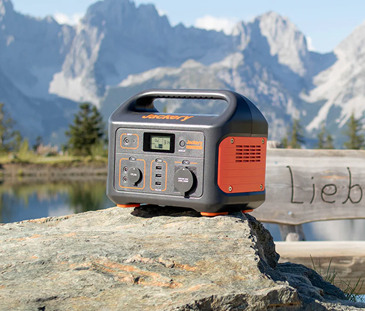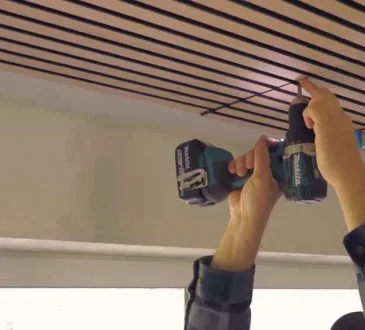
A rub test is a motor-driven instrument that moves weighted test strips through an arc over a printed specimen. The rub test motor has four speeds, with the first being 21 cycles per minute which is half speed compared to the older models. The 21 cycles per minute get used in wet and under five strokes tests easier to perform and hence very effective for the specified test. The second speed is 42 cycles per minute, with the third being 106 cycles per minute, similar to the older models, and the final speed is one faster than 106 cycles per minute. The tester is well designed to achieve its objective and perform effectively without any hitches and disadvantages. Danielle Co. LLC provides quality scratch test instruments that improve the activities of package handling, shipping, and storage cans. The testing procedure is well highlighted for various objectives, such as the following:
Labels testing
The Scratch test is reliable for testing labels to achieve set objectives, and the Sutherland rub tester is quite effective. The design of the rub tester is made so that the abrasion testing procedure maintains the ability to complete procedures done by older model units. One label gets placed into the machine, with a second one attached to a weight, followed by the labels rubbed together at an optimized speed for a set period. After the predetermined period elapses, the tester or shipper checks the labels to determine the abrasion resistance.
Textile and fabrics
Textile and fabric industries benefit significantly from scratch test procedures that help determine how well fabric holds if exposed to wear. The test guides the industry to develop quality products that maximize the end user’s durability while looking sharp at all times. The rub test machine has a high precision accuracy which guides the company in proper decision-making with a tolerance of up to ten times more than the other machines in the industry. The accuracy makes it a tool of importance in producing fabrics to achieve maximum quality and durability. The fastness of the garment to rubbing also determines how easily the fabric gets to stain, with the fabric tested being dry or wet.
Fabric test procedure
Fabric testing has numerous benefits to the fabric producer and the end user, hence the importance of having the scratch test procedure. The first step of performing the test involves the acquisition of a piece of the fabric to get tested and the test cloth, with white being the preferred test cloth color. The test cloth gets placed on the rub tester grated side with the colored one rapidly rubbed against the white test cloth. The rubbing movement works to determine how easily the color fades off the cloth. Finally, the test’s individual uses the grey scale to determine how the color changes on the test cloth.
Conclusion
The Sutherland test procedure has improved over time by experts in the rub testing for textile and print color testing making it the most effective way compared to other available procedures. The test ultimately determines the quality of ink and color print of a particular fabric.




